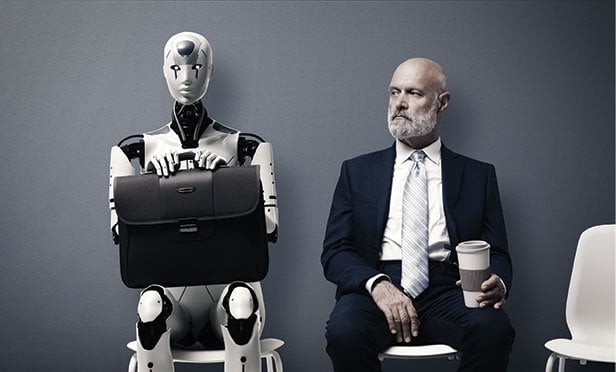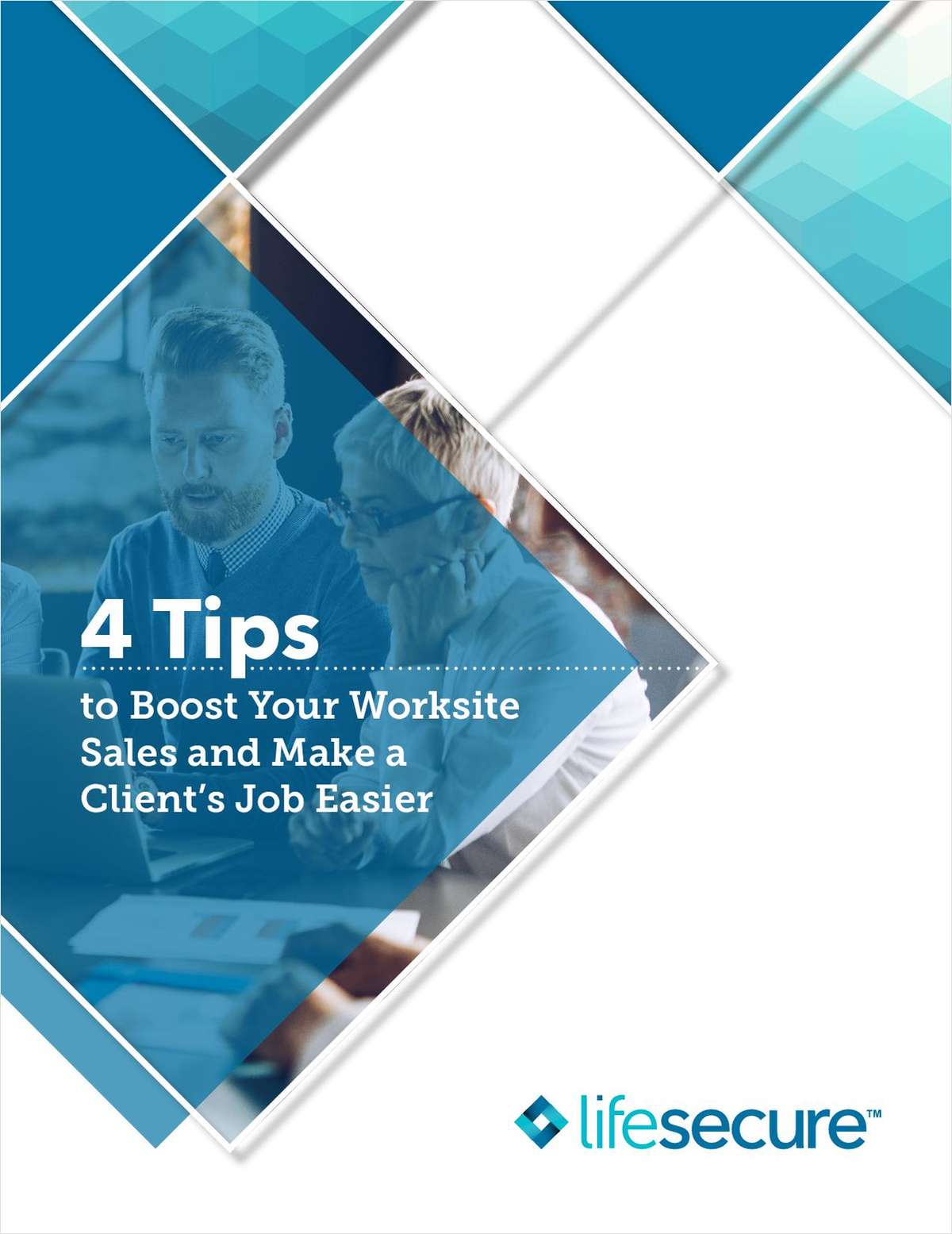 Whenseeking to engage your employees, listen and respond to theirunique preferences. (Photo: Shutterstock)
Whenseeking to engage your employees, listen and respond to theirunique preferences. (Photo: Shutterstock)
Employers often experience the same challenges of employee engagement year after year— fromovercoming disinterest in benefits, to enhancing the onboarding process and boosting employeeparticipation. These concerns are valid, as the industry grappleswith higher turnover rates and waning employeesatisfaction, but they can no longer be solved by traditionalmeans.
|As technology advances, employers now have resources to meetemployees in channels where they communicate best. So, instead ofseeking to tweak old approaches to employee engagement, let's talkabout how employers can truly engage employees in 2019.
|Here are four proven tactics:
1. Leverage gamification
Workers commonly believe that benefits are overly complex orboring, and while employers attempt to address that concern on thesurface, the issue could likely be that the communication ofbenefits is complex or boring. That's one area where yourorganization can leverage gamification using employee incentives orassessment-based tools.
|Related: The gamification of employeebenefits
|By providing your employees with gamified incentives to completeonboarding steps or learn about benefits options, you can incitereal engagement within your organization and your benefits. Inaddition, this strategy doesn't only apply to healthcare andconventional benefits, but can be used year-round with otherprograms. For example, the UnitedHealthcare's Motion wellnessprogram, using step-tracker devices, incentivizes employees to stayactive during the workday by offering financial contributions toemployees' HSA/HRAs. At Hodges-Mace we actually use gamificationfor our wellness program too with quarterly competitions and weeklydrawings for employees who log their activity.
|Game-based assessment tools can also enhance employee onboardingor training by pushing employees to learn more about the companyand their benefits in an interactive, engaging format. That usagedata can be utilized further to find out what is most impactful onan individual level, helping employers become more responsive anddeliver better employee experiences.
2. Cultivate leadership and bolster company culture
Engaging the modern workforce means engaging their career goals.With technology, your organization can become more responsive tothose needs, and truly embody a growth culture that meetsemployees' expectations. Similar to how gamified assessmentstrategy might assist in boosting employee benefits participation,employee communication tools have the possibility to identifyunderdeveloped leaders within your company, connect employees tosupervisors and provide outlets for continued mentorship.
|These kind of engagement tactics can form strongeremployee-management bonds. On a larger scale, with a tool such asSmartBen NOW, employers can send custom, company-wide messages toempower employees with benefits knowledge.
|On a more personal scale, some employee communication tools orstrategies can assist in setting up the employee and managerone-on-one, which is a powerful driver of engagement. In one study , 83 percent of workers participatingin a mentoring program found their experience directly influencedtheir desire to stay at their organization. Ultimately, these kindsof engagement strongly impact the employee's sense of belonging andpositively affect employee retention.
|HR must approach employees directly about helping them progressin their career. For example SurveyMonkey distributes inclusionsurveys that ask employees career and company assessment questionsabout furthering their careers and expressing opinions at work. Bymaking available the resources for personal development, youeffectively engage workers with learning tools and career pathguidance, while identifying and empowering future leaders withinyour organization.
3. Target millennials with faster, easier, smarterbenefits
It's no surprise that the benefits industry is clamoring to meetmillennial needs—as of 2017, millennials now account for the largest cohort in the labor force , more thanGen Xers and baby boomers. So as we adapt our standards to engagethis generation of employees, organizations should look beyondstandard approaches to benefits communication.
|With the amount of time and budget employers expend to give thebest benefits, it's imperative for HR make benefits as accessibleas possible. And as the millennial workforce has shown us, the wayto do that is make accessing benefits faster, less complicated andmore relevant. The short answer? Utilize technology to streamlinebenefits.
|In a recent global study by Aruba, a Hewlett Packard Enterprisecompany, employees in fully-digital workplaces were found to havestronger job satisfaction and more positive outlooks on work-lifebalance compared to those in workplaces behind the times . It stands that offering digitalbenefits communication is a significant step toward becoming a 21stcentury workplace — for example, a benefits communication tool canguide employees to all the benefits and resources available to themin a single, easy-to-navigate place. Remember that millennials arealways on the go, so a mobile engagement and benefits tool that cankeep up with their lifestyle is crucial.
|Additionally, the most millennial-friendly benefitscommunication tool can help beneficiaries understand their PTO,vacation and other benefits. Seventy percent of millennialemployees report work-life balance is a very important aspect of their careers. Whenthese kinds of benefits are not clear to employees, it severelydiminishes their experience. A quick way to solve this is toconsider new avenues for communication, such as sendingnotifications to the employees' smartphones instead of email.
4. Diversify your digital and human touchpoints
While the modern workforce craves technology to facilitate work,HR should be aware of over-automating aspects of the company. Withthe general progression of technology tending toward automationactually replacing workers, understand how over-automation can hurtyour human touch, thereby disengaging your employees. And thisapplies equally to employee communication. While technology canprovide various engagement tools and strategies, employees stillneed to see and feel that employers are putting in the effort in apersonal way.
|Technology is not a panacea for employee dissatisfaction, but acatalyst for engagement. And as with the example of tools thatconnect employees with their managers, employers should useresources to facilitate the interactions most important toemployees, while automating the micro-moments in between. Thehuman-tech balance is a difficult one to strike, but crucial fordelivering a seamless, effectual employee experience.
|Tailoring employee communication to a wide variety oftouchpoints, digital and human, speaks volumes about yourorganization and its values. For benefits communication, the clearsolution over full-automation is a Custom Communications program,one that engages employees via digital, print and humaninteractions. This multi-channel approach to employee communicationforms a holistic experience where employees have benefits at theirfingertips and can engage with their benefits on their terms.
|When seeking to engage your employees, listen and respond totheir unique preferences. Let technology and innovative resourcessuch as gamification and benefits apps augment your organization'sofferings. The plethora of communication technology tools todaywill eliminate the most common problems associated with employeeengagement. Just remember to never lose sight of the humancomponents that attracted your employees in the first place.
More tips to engage employees:
- Increasing enrollment starts with employeeengagement
- Addressing the millennial engagementepidemic
- Securing benefits engagement throughtechnology
Paige LeBel( [email protected] ) is marketing coordinator for Hodges-Mace,LLC .
Complete your profile to continue reading and get FREE access to BenefitsPRO, part of your ALM digital membership.
Your access to unlimited BenefitsPRO content isn’t changing.Once you are an ALM digital member, you’ll receive:
- Critical BenefitsPRO information including cutting edge post-reform success strategies, access to educational webcasts and videos, resources from industry leaders, and informative Newsletters.
- Exclusive discounts on ALM, BenefitsPRO magazine and BenefitsPRO.com events
- Access to other award-winning ALM websites including ThinkAdvisor.com and Law.com
Already have an account? Sign In
© 2024 ALM Global, LLC, All Rights Reserved. Request academic re-use from www.copyright.com. All other uses, submit a request to [email protected] . For more information visit Asset & Logo Licensing.









